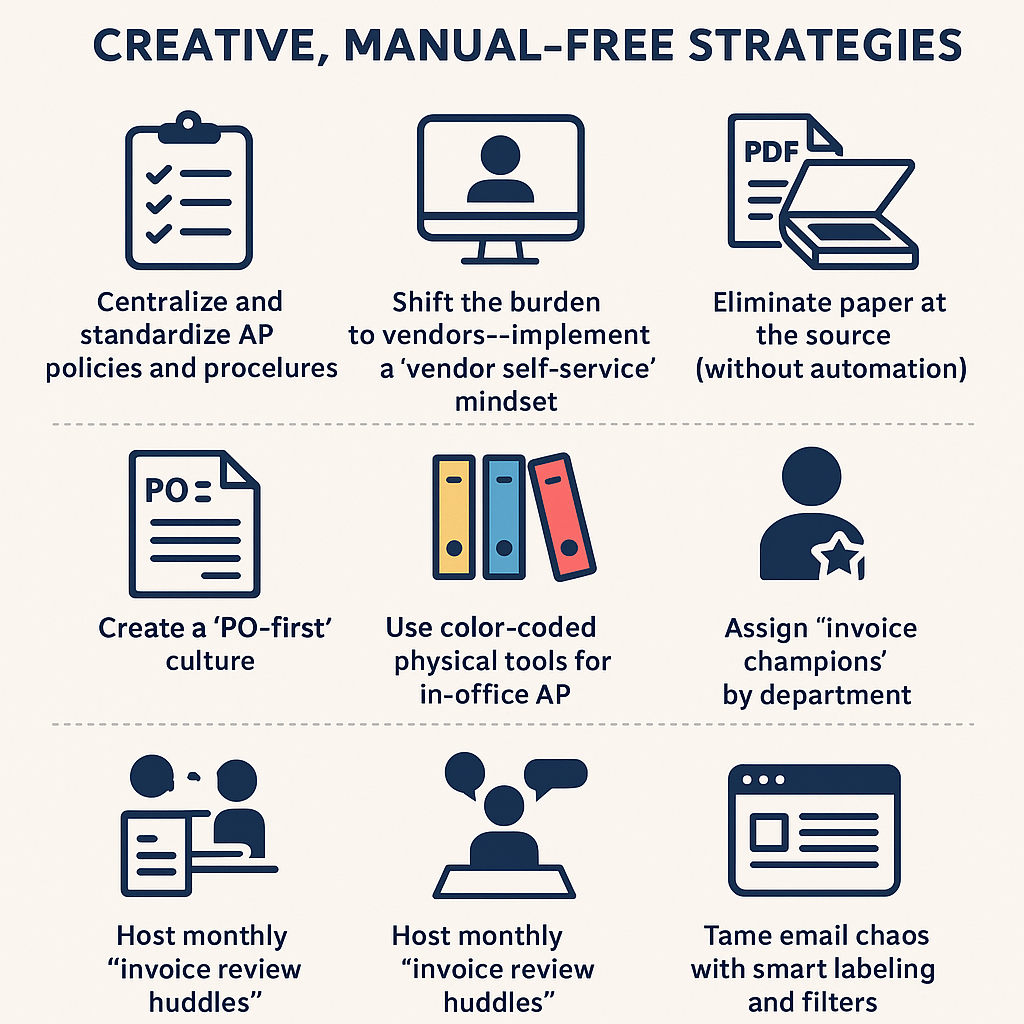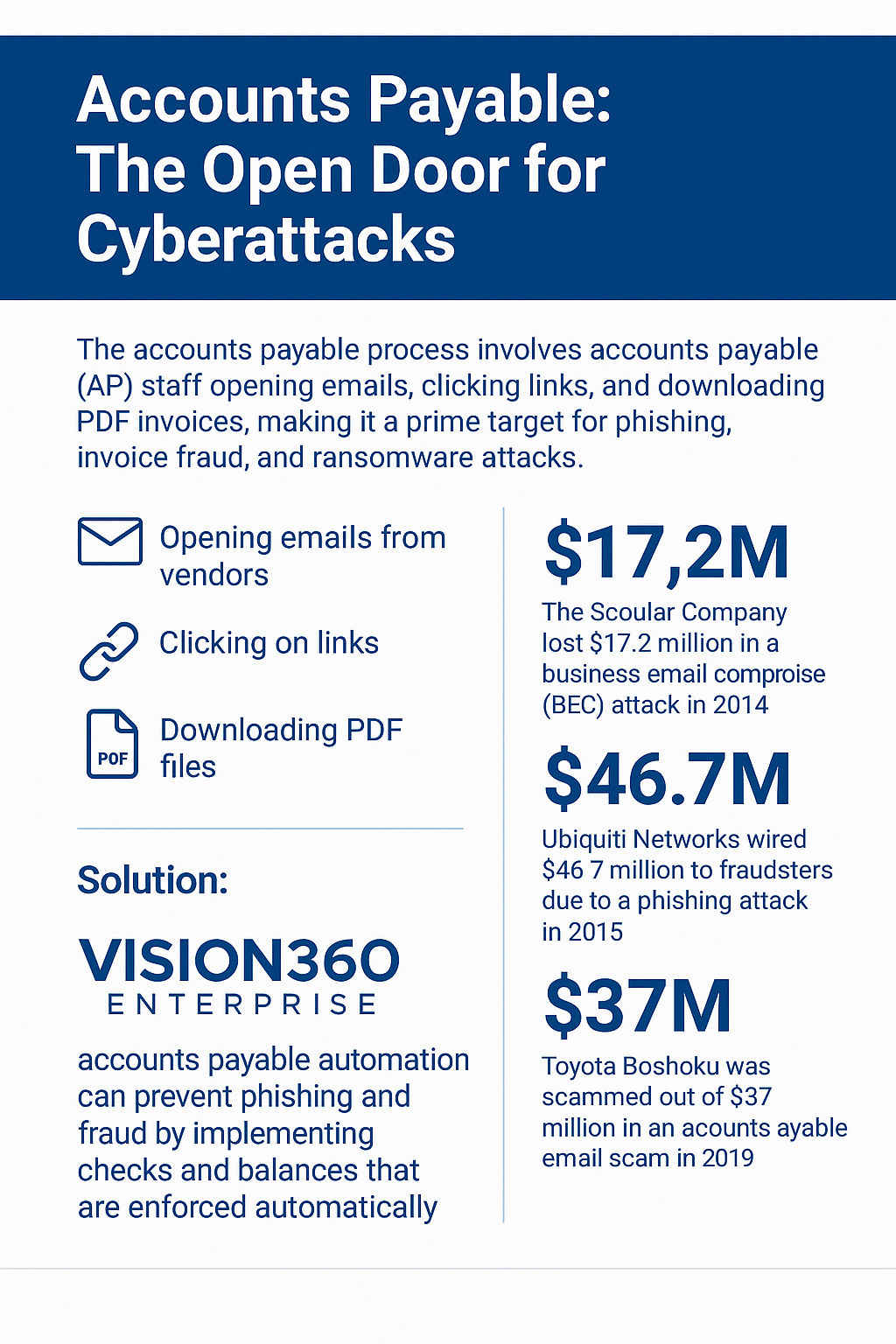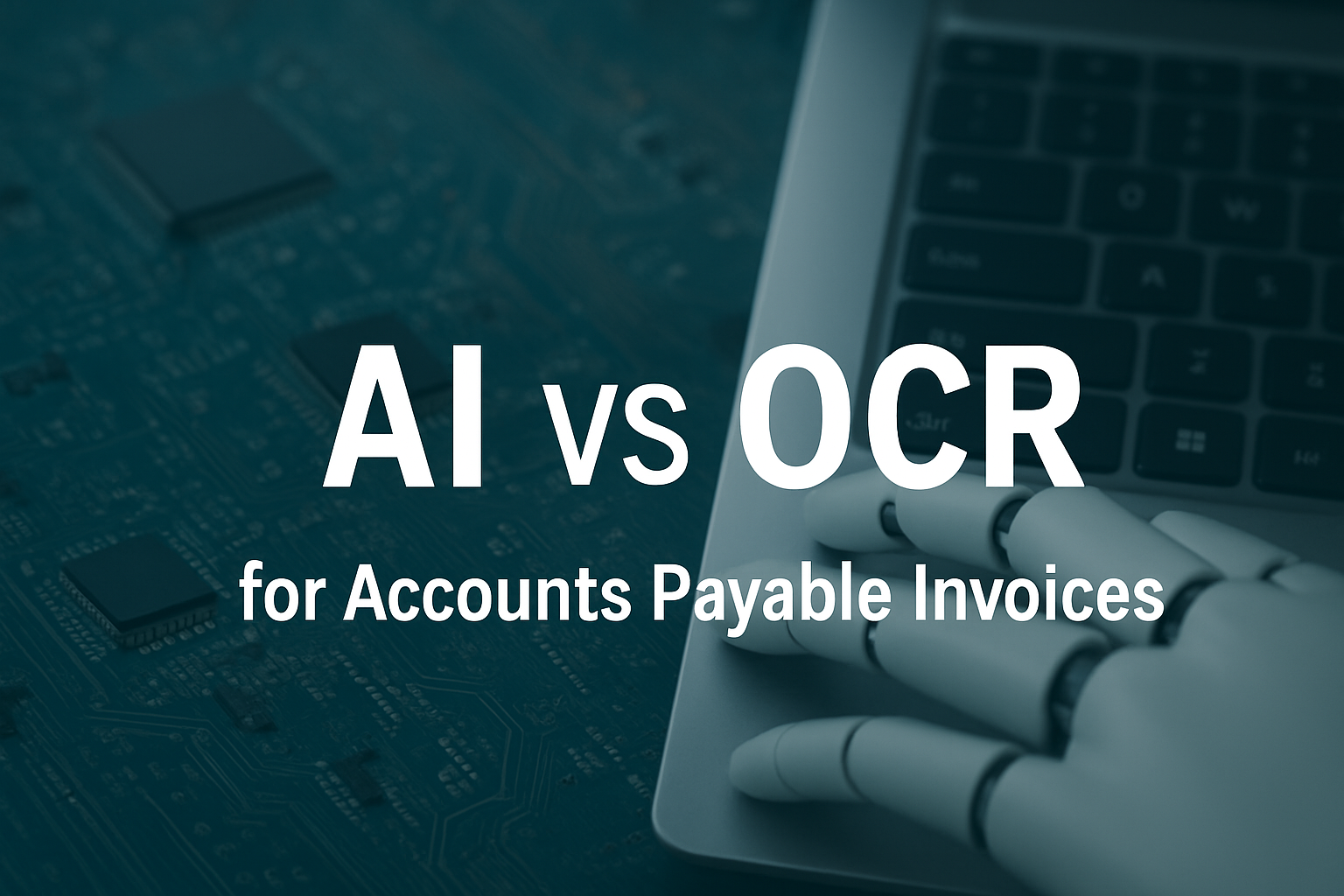10 Ways to SAVE with AP Automation

How AP Automation Can Save Your Company Money
Accounts Payable (AP) Automation is transforming how companies handle their financial transactions, and its impact on the bottom line is profound. By automating the accounts payable process, businesses can streamline their operations, reduce errors, and ultimately save money. Here’s a comprehensive look at the key ways in which AP automation can lead to significant cost savings for your company.
1. Reduced Labor Costs
One of the most obvious ways AP automation saves money is by reducing the labor required to process invoices. Manual AP tasks such as data entry, invoice matching, and approval routing are time-consuming and often require dedicated staff.
With automation, many of these tasks can be handled by software, freeing up employees to focus on more strategic, high-value work. This not only reduces the need for as many AP staff but also minimizes the risk of overtime pay. As a result, businesses can scale their operations without proportionally increasing labor costs.
2. Decreased Invoice Processing Time
Manual invoice processing is often slow and prone to bottlenecks, especially when invoices have to pass through multiple departments for approval. This delay can result in missed early payment discounts and late payment fees, both of which can negatively impact the company's cash flow.
AP automation accelerates the invoice approval process, allowing companies to pay vendors faster, capture early payment discounts, and avoid late fees. The software’s ability to automatically route invoices for approval and flag discrepancies means invoices move through the system much faster.
By paying invoices on time or even early, businesses can take advantage of vendor discounts, which can be a significant saving, especially for high-volume transactions.
3. Fewer Errors and Discrepancies
Manual invoice processing is highly prone to human error. Mistakes in data entry, invoice matching, or incorrect approval routing can lead to costly errors, such as duplicate payments, overpayments, or missed payments. These errors can also lead to strained relationships with vendors and potentially costly disputes.
AP automation significantly reduces the risk of errors by automatically matching invoices to purchase orders and contracts, ensuring consistency and accuracy in processing. Automated systems can flag discrepancies, prompting users to review and correct them before payment is made. This reduction in errors lowers the cost of correcting mistakes and minimizes financial leakage.
4. Improved Visibility and Control Over Cash Flow
AP automation provides better insight into a company’s cash flow by offering real-time visibility into outstanding invoices, due dates, and payment schedules. With this information at their fingertips, financial managers can make more informed decisions about when and how to allocate resources.
Having a clear understanding of the timing of expenses enables companies to manage working capital more effectively, prioritize payments, and optimize their cash flow. This improved control over cash flow can prevent businesses from taking out costly loans or paying unnecessary interest on overdue bills.
5. Reduced Paper Costs
Another hidden but significant cost is paper. Printing, storing, and mailing invoices consumes valuable resources, including paper, toner, postage, and filing cabinets. With AP automation, companies can move to a completely paperless process, eliminating the need for physical storage, reducing postage costs, and lowering the environmental impact.
Moreover, digitizing invoices makes it easier to maintain organized records, which can reduce the costs associated with auditing and compliance activities.
6. Avoiding Duplicate Payments
In manual AP systems, duplicate payments can easily occur when invoices are mistakenly processed multiple times. This can result in unnecessary outflows of cash and a significant administrative burden to correct.
AP automation systems can help prevent duplicate payments by automatically flagging invoices that have already been entered into the system or that match previous entries. By catching these duplicate entries before they are processed, businesses can avoid wasting money on overpayments and the effort required to secure refunds from vendors.
7. Increased Vendor Relationship Management
AP automation can improve communication and transparency between a business and its vendors. When invoices are paid on time, vendors are more likely to offer favorable terms, prioritize your business, and even provide better pricing for future services.
Automating AP workflows ensures that payments are processed promptly, fostering stronger vendor relationships. Additionally, automation allows vendors to submit invoices electronically, reducing the manual labor required for both sides and creating a more efficient payment process.
8. Lower Audit and Compliance Costs
Maintaining accurate records for auditing and compliance is a significant cost for many companies, especially in industries with strict regulations. AP automation provides a digital audit trail that records every step of the invoice processing workflow, making it easier to comply with accounting standards and legal requirements.
Automated systems can also generate detailed reports on transactions, payments, and approvals, saving time during internal audits and reducing the cost of external audits. This reduces the burden of manual checks and lowers the risk of non-compliance penalties, which can be costly.
9. Reduction in Fraud Risks
Fraud is a serious risk in accounts payable, particularly when payment approvals are handled manually. Disgruntled employees or external fraudsters can exploit weaknesses in manual processes, leading to unauthorized payments or duplicate invoices being processed.
AP automation systems come equipped with built-in security measures, such as approval workflows and audit trails, which make it harder for fraudulent activities to go unnoticed. By preventing fraudulent payments and improving security, AP automation can help safeguard company funds and reduce the potential financial losses associated with fraud.
10. Scalability and Flexibility
As your business grows, so does the volume of invoices and transactions. Manual AP processes become increasingly difficult to scale without adding more staff or resources. AP automation systems, however, can handle high volumes of transactions without additional overhead.
By using automation, companies can scale their accounts payable operations efficiently, accommodating growth without the need for significant increases in labor costs or infrastructure investments. This makes it possible to expand without proportional increases in administrative costs.
Conclusion
The financial advantages of AP automation are clear. By reducing labor costs, speeding up invoice processing, improving cash flow management, and minimizing errors and fraud risks, automation allows businesses to operate more efficiently and save significant amounts of money. Additionally, it helps companies build better relationships with vendors, ensure compliance, and scale operations without increasing costs.
In today’s competitive business environment, adopting AP automation is not just a way to save money—it’s a strategic move that can help businesses stay agile, reduce operational risks, and ultimately improve profitability.









